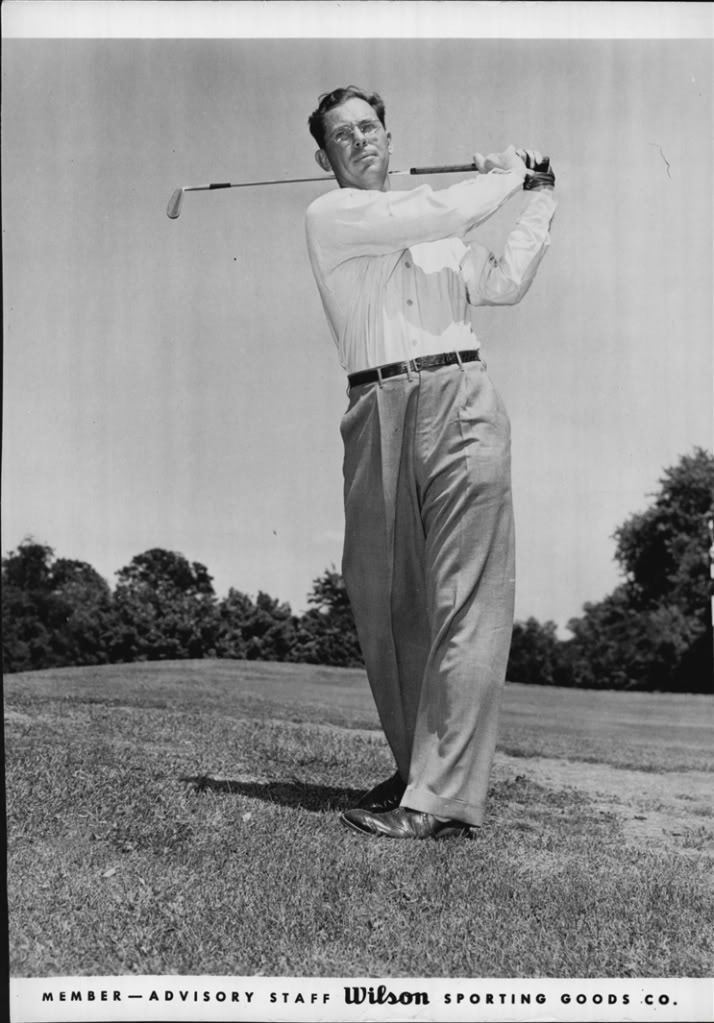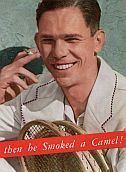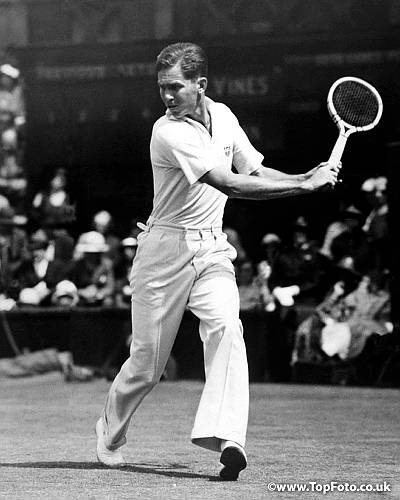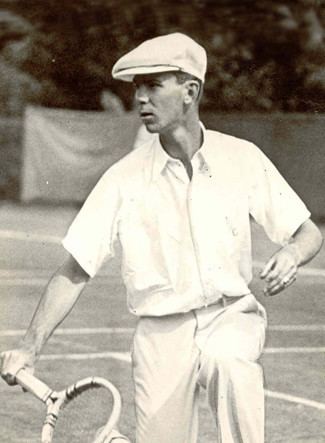Name Ellsworth Vines Books Tennis: Myth and Method Weight 70 kg | Retired 1940 Height 1.89 m Turned pro 1934 Role Tennis player | |
 | ||
Full name Henry Ellsworth Vines, Jr. Born September 28, 1911Los Angeles, California ( 1911-09-28 ) Plays Right-handed (1-handed backhand) Parents Caroline Louise Roos, Henry Ellsworth Vines | ||
Int. Tennis HoF 1962 (member page) | ||
Ellsworth vines defeats george lott in national title tennis match at forest hill hd stock footage
Henry Ellsworth Vines, Jr. (September 28, 1911 – March 17, 1994) was an American tennis champion of the 1930s, the World No. 1 player or the co-No. 1 for four years in 1932, 1935, 1936 and 1937, able to win Pro Slam titles on three different surfaces. He later became a professional golfer.
Contents
- Ellsworth vines defeats george lott in national title tennis match at forest hill hd stock footage
- American champion ellsworth vines beaten by hopman at queens club
- Biography
- Abilities
- Grand Slam tournaments
- Pro Slam tournaments
- Tournament wins
- Results in major championships
- References

American champion ellsworth vines beaten by hopman at queens club
Biography

Vines attended the University of Southern California in Los Angeles, California, where he was a member of the Sigma Nu Fraternity and played on the freshman basketball team. Many believe that Mercer Beasley started him on his tennis career at age 14 in Pasadena. He was mentored by Perry T. Jones through the Los Angeles Tennis Club and the Southern California Tennis Association.

In the amateur ranks Vines won three Grand Slam tournaments, the Wimbledon Championships in 1932 and the U.S. Championships in 1931 and 1932 and he reached the final of Wimbledon in 1933. He played his first professional tennis match on January 10, 1934 and then became the leading pro player until 1938 (and the World No. 1 or No. 2 in the combined amateur-professional rankings). In 1934 and 1935 he won almost all the great pro events and the two big annual tours. Vines won four professional majors, which were the Wembley Pro in 1934 and 1935, the French Pro in 1935 and the US Pro in 1939. Vines also won the Paris Indoor (not to be confused with the French Pro) in 1934 and Southport Pro in 1935.

After two years as the undisputed pro king in 1934 and 1935, Vines didn't need to enter any pro tournament to claim the World pro champion title: he then retained his crown by just playing and winning three other great annual pro tours from 1936 to 1938 (see Tennis male players statistics). In 1939 Vines lost his world pro crown to Don Budge but narrowly: in their first pro tour against each other, Vines trailed Budge 17–22. The tour proved that at his best Vines was unbeatable, but also that Budge's consistency would prevail a majority of the time, making the latter the best player of the time. In May 1940 Vines, 28 years 7 months old, played his last tennis competition. His physical problems, his desire to enjoy family life, his loss of the world crown, and above all his increasing passion for golf drove him to retire from tennis.
Abilities

Comparing Vines and Fred Perry after the 1939 tours, Budge wrote,

"It was simply that after enduring Vines's power game, I never felt any real pressure against Perry."
Years later, Budge deemed that the world's all-time best player had been Ellsworth Vines, "on his day". Budge was always astonished when someone had not ever heard of Vines whom he considered as the champion of the 1930s. In the opinion of Jack Kramer, himself a great player, Vines was, along with Don Budge, one of the two greatest players who ever lived. Budge was consistently the best, according to Kramer's 1979 autobiography, but, at the very top of his game, Vines was unbeatable by anyone:
"...On his best days, Vines played the best tennis ever. Hell, when Elly was on, you'd be lucky to get your racket on the ball once you served it."
Tall and thin, Vines possessed a game with no noticeable weaknesses, except, according to Kramer, because of his great natural athletic ability, laziness. He was particularly known for his powerful forehand and his very fast serve, both of which he generally hit absolutely flat with no spin. Although he could play the serve-and-volley game, he generally played an all-court game, preferring to hit winners from the baseline. Playing in the white flannel trousers that were standard dress for the time, he greatly impressed the youthful Kramer in a 1935 match in Southern California:
"And here is Ellsworth Vines, 6'2½" tall, 155 pounds, dressed like Fred Astaire and hitting shots like Babe Ruth."
Kramer made up his mind on the spot to concentrate on tennis. Vines had, according to Kramer,
"the perfect slim body, that was coordinated for anything. Elly won Forest Hills the first time when he was still only nineteen, but at the same time he was also devoting himself to basketball at the University of Southern California. He went there, on a basketball scholarship." (NOTE: The school's official all-time roster does not list him; however, this does not mean that Vines did not earn a basketball scholarship.)
In his chapter on 1932, Bud Collins writes in Total Tennis: The Ultimate Tennis Encyclopedia that Vines . . .
"had a curious windmill stroke in which the racket made an almost 360-degree sweep. Starting on high as though he were going to serve, he brought the racket back almost to the ground and swept up to the ball. He put no spin on it, however, thereby hitting a flat shot with tremendous force that made him unbeatable when he was on."
Collins goes on to say that:
"Opponents came to realize that the way to beat him was to keep the ball in play, hitting him soft stuff until he started making errors."
After becoming bored with tennis while only in his late twenties, Vines became a professional golfer in 1942 and over the years had a number of high finishes in tournaments, including at least two professional victories (1946 Massachusetts Open, 1955 Utah Open) and a semifinal position in the prestigious 1951 PGA Championship when it was a match play tournament. Writes Kramer,
"He was twice in the top ten of golf money winnings, and he was surely the best athlete ever in the two sports."
He compares Vines to another great tennis player, Lew Hoad:
"Both were very strong guys. Both succeeded at a very young age.... Also, both were very lazy guys. Vines lost interest in tennis (for golf) before he was thirty, and Hoad never appeared to be very interested. Despite their great natural ability, neither put up the outstanding records that they were capable of. Unfortunately, the latter was largely true because both had physical problems."
Vines was inducted into the International Tennis Hall of Fame in Newport, Rhode Island, in 1962.
Grand Slam tournaments
Singles (3 titles, 1 runner-up)
Pro Slam tournaments
Singles (4 titles, 1 runner-up)
Tournament wins
Results in major championships
Note: Vines did not play in The Open Championship.
NT = No tournament
DNP = Did not play
"T" indicates a tie for a place
R64, R32, R16, QF, SF = Round in which player lost in match play
Yellow background for top-10
Source for The Masters: www.masters.com
Source for U.S. Open and U.S. Amateur: USGA Championship Database
Source for PGA Championship: PGA Championship Media Guide
Source for 1939 Amateur Championship: The Glasgow Herald, May 26, 1939, pg. 21.
